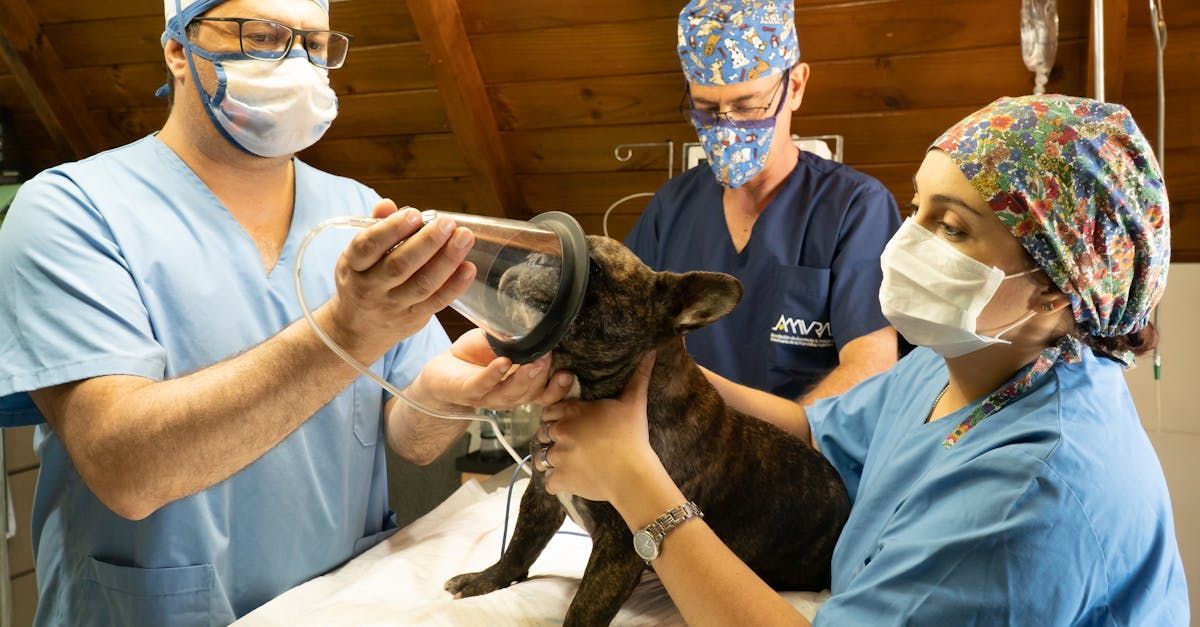The Right Time to Spay or Neuter Your Puppy or Dog: Considerations Based on Breed and Health
The Right Time to Spay or Neuter Your Puppy or Dog: Considerations Based on Breed and Health
Spaying or neutering your puppy or dog is an important decision that can have long-term effects on their health and behavior. Some animal rescues and shelters automatically spay or neuter all animals there. Others do not either due to resources or the age of the animal. If the shelter or rescue your dog has come from does not spay or neuter the animals prior to adoption they will have information on low-cost programs to help you get them spayed or neutered and many have incentives or rebates to help you get your forever friend fixed.
While the traditional recommendation has been to spay or neuter pets at a young age, recent research suggests that the timing of these procedures should be tailored to the individual dog, taking into account factors such as breed, size, and overall health. In this blog post, we'll explore when the right time is to spay or neuter your puppy or dog based on breed considerations and what will be healthiest for the puppy. This information is our opinion based on our research, but you should always consult and coordinate with your fur baby's vet.
1. Small Breeds:
For small breed dogs, the general recommendation is to spay or neuter them between 6 to 9 months of age. Small breeds tend to mature faster than larger breeds and may reach sexual maturity earlier. Spaying or neutering at the appropriate age can help prevent unwanted litters and reduce the risk of certain health issues, such as mammary tumors or testicular cancer.
2. Medium to Large Breeds:
For medium to large breed dogs, the timing of spaying or neutering is a bit more nuanced. Recent studies suggest that delaying these procedures until the dog is fully mature, around 12 to 18 months of age, can have long-term health benefits. Early spaying or neutering in larger breeds has been associated with an increased risk of orthopedic issues, such as hip dysplasia and cruciate ligament injuries. Waiting until the dog is fully grown allows their bones and joints to develop properly, reducing the risk of musculoskeletal problems later in life.
3. Giant Breeds:
Giant breed dogs, such as Great Danes or Mastiffs, have a slower growth rate and may not reach full maturity until 18 to 24 months of age. For these breeds, it is recommended to delay spaying or neutering until they are at least 18 months old, or even longer for some giant breeds. Early spaying or neutering in giant breeds can disrupt their growth plates and increase the risk of orthopedic issues and certain cancers.
4. Health Considerations:
In addition to considering the breed and size of your dog, it's essential to take their overall health into account when deciding the right time to spay or neuter. Dogs with certain health conditions or genetic predispositions may benefit from delaying these procedures to allow for optimal growth and development. Consulting with your veterinarian and discussing your dog's individual health needs can help determine the best timing for spaying or neutering.
Conclusion:
Choosing the right time to spay or neuter your puppy or dog is a decision that should be made carefully, taking into account their breed, size, and overall health. By considering these factors and consulting with your veterinarian, you can ensure that the timing of these procedures will be healthiest for your furry friend in the long run. Remember, every dog is unique, and what works best for one breed may not be suitable for another. Prioritizing your dog's well-being and discussing all options with your vet will help you make an informed decision that promotes their long-term health and happiness.













